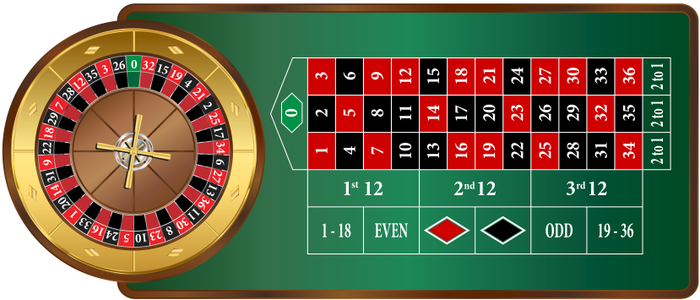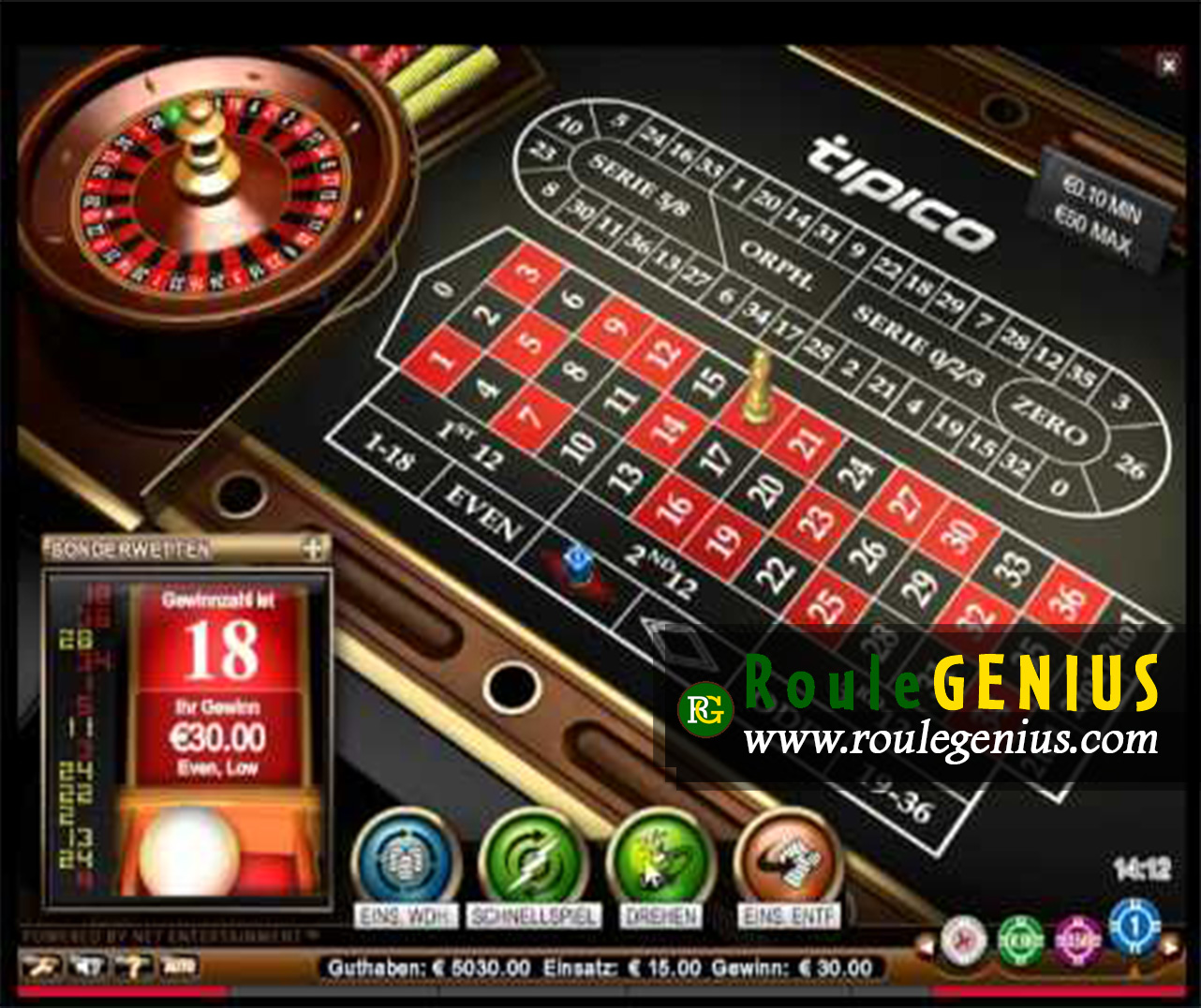- Roulette Odds Of Consecutive Redemption
- Roulette Odds Of Consecutive Redskins
- Roulette Odds Of Consecutive Red And Blue
Roulette even money bets, unlike betting on the outcome of a coin toss, are not true even money bets. The presence of the green 0 in European roulette, and the green 0 and 00 in American roulette, means that statistically, wagers on these bets will lose more than 50% of the time. But in live casinos, these bets are as close as any gambler will get to true 50/50 odds (the house will always hold the edge), and are thus classified as ‘even money’ or ’50/50′ wagers. Such wagers include: red or black, evens or odds, and 1 to 18 (low) or 19 to 36 (high).
This wager free Odds Of Winning Red Or Black In Roulette spins bonus is open to new Piggy Bang Casino customers only. A minimum deposit of $/€20 is required. One free Odds Of Winning Red Or Black In Roulette spin will be awarded for every $/€1 deposited with a maximum of 55 free Odds Of Winning Red Or Black In Roulette spins available. Therefore, the odds against winning with a Straight Up bet on 32 Red are equal to 36/1. These reversed odds are normally used by gambling establishments to list the payouts of the winning bets. The smaller the likelihood of winning with a given roulette bet, the greater the return offered by the house. Roulette is a very simple game in its nature. It’s played using a roulette wheel that has 37 or 38 numbered and colored slots on it: European (French) roulette: numbers from 1 to 36 (red or black) and 0 (green) American (double zero) roulette: numbers from 1 to 36 (red or black), 0 and 00 (green). . This bet can only be placed on a double-zero roulette table (i.e. On an American table and not a European or French one). It covers the numbers 0, 00, 1, 2 and 3. Individual roulette bets in more detail. Here is a quick overview on the different types of roulette bets and odds of each bet that can be made in roulette.
Favourite roulette casinos

The house edge in roulette, La Partage and En Prison

There are three distinct roulette formats played around the world – European, American and French roulette. In Australia, we are largely familiar with the European and American variants, while the French version is offered in very few brick and mortar casinos, if any.
French roulette, which has the same wheel structure as European roulette (one green 0), holds additional player-friendly rules which halve the traditional 2.7% house edge of the European game – these variations beneficial to the player are the ‘la partage’ and ‘en prison’ rules, enacted when the ball lands on 0.
La Partage – If the ball lands on zero, the la partage rule is offered automatically in many French games. Any even money wagers are halved and then returned to the player (the player forfeits only half his/her bet). This reduces the house edge of all 50/50 wagers to just 1.35 per cent.
En Prison – Where the la partage rule is customary, players will often have an additional option to enact the en prison rule. If the ball lands on 0, the player can opt to have his even money wager ‘imprisoned’ for the very next spin in order to try and recoup his stake. The croupier will place a marker on the bet to show it is in prison, and if his/her bet is successful on the resulting spin, only the full stake is returned – nothing more and nothing less. This rule also cuts the house edge in half, from 2.7% down to 1.35%.
Note: if 0 is spun again after a bet has been imprisoned, outcomes will vary depending on the casino – the wager may be treated as a win, a loss, have the en prison rule forced upon it again, or the la partage rule.
For a further formulated explanation – the distinction in the house edge when la partage and en prison are and aren’t enacted, stems from the different payouts when 0 is spun.

European & French v American even money odds
The odds of even money roulette wagers change according to what games you play. In the section below we will detail the differences in likelihood of winning 50/50 bets in the European and French format vs the American format.
Roulette Odds Of Consecutive Redemption
Odds of 50/50 bets in European and French roulette
While the house edge of European roulette is halved in French games with the la partage and en prison rules, the chances/probability of winning an even money wager remains the same, because the wheel structure (one green zero and number 1-36) is the same in both formats. For example, the odds against winning a bet on red are 1.06 to 1 – that is to say there are 19 non-winning numbers compared to 18 winning numbers; we have a 48.65% chance of winning, or an 18 in 37 chance.
Even money bet odds of American roulette
However, in American roulette there is a single green zero (0) and double green zeros (00), so now we have a total of 38 numbers on the wheel (and subsequently the table layout). If we place a wager on evens for example, the odds against winning are 1.111 to 1 – there are 20 non-winning numbers compared to 18 winning numbers; and we have a 47.37% chance of winning, or an 18 in 38 chance.
Chances of successfully hitting consecutive 50/50 wagers
So now we have established what our actual odds are of winning an even money bet in roulette, let’s move on to spinning consecutive 50/50 wagers (hitting red six times in a row, for example). For this example, let’s assume we have a 50/50 chance of hitting red or black, even though we know that the presence of the zero (or two zeros) makes this untrue. However, doing so will make this explanation a heap clearer:
People will often get confused about the odds, for example, of hitting red six times in a row – the common line of reasoning is that because each spin is independent of the last, the chance is always half, no matter what. This is half true – it really all depends at what point in time you calculate the odds.
Roulette Odds Of Consecutive Redskins
If you bet before any spins have been completed that red will show up six consecutive times, the odds are as follows: 0.5 to the power of 6, which is equal to 0.015625, or a one in 64 chance (1/64). This is the same for any specific combination of red and black (or other even money bets) being spun six times in a row.
Roulette Odds Of Consecutive Red And Blue
However, if you have already seen red spun five consecutive times, then the chances either the next spin will be red or black are half each (R,R,R,R,R,R or R,R,R,R,R,B). The roulette wheel does not remember the previous spin, so yes, each spin is independent of the last, and for any ‘very next spin’, all even money bets will have a 50/50 chance of coming up trumps (disregarding the zero).